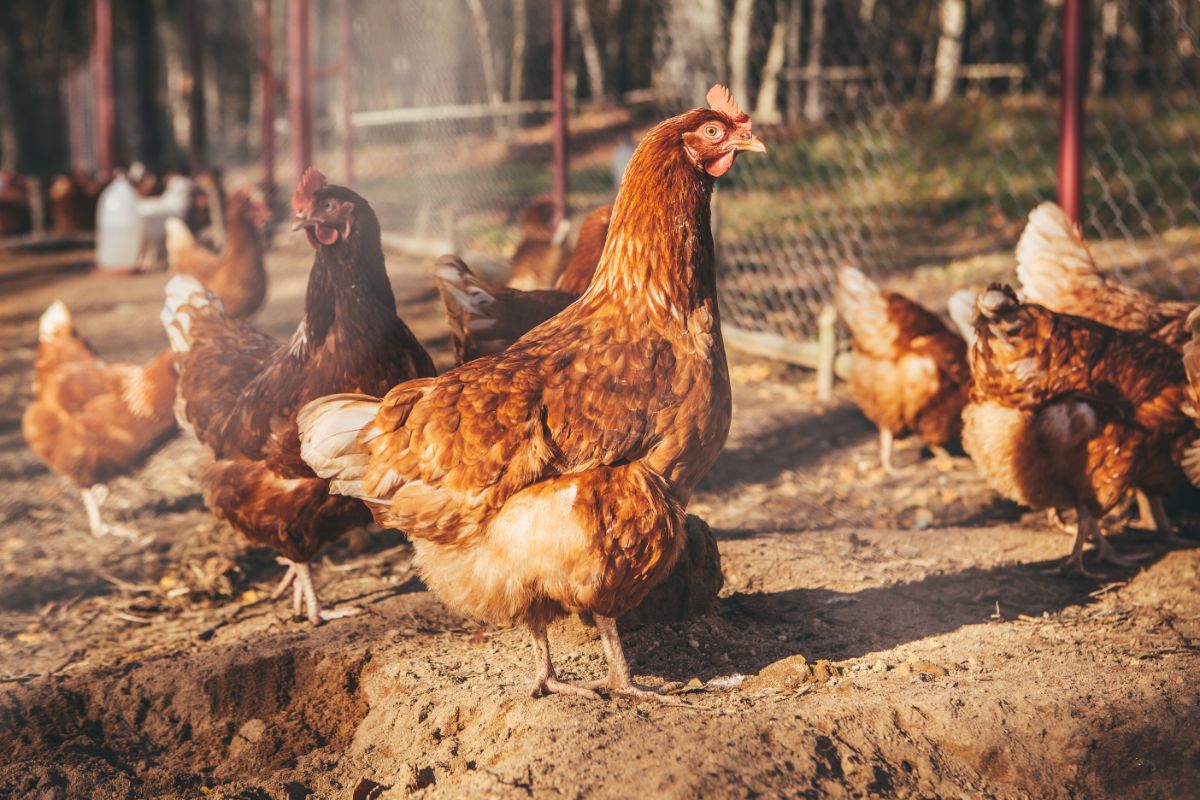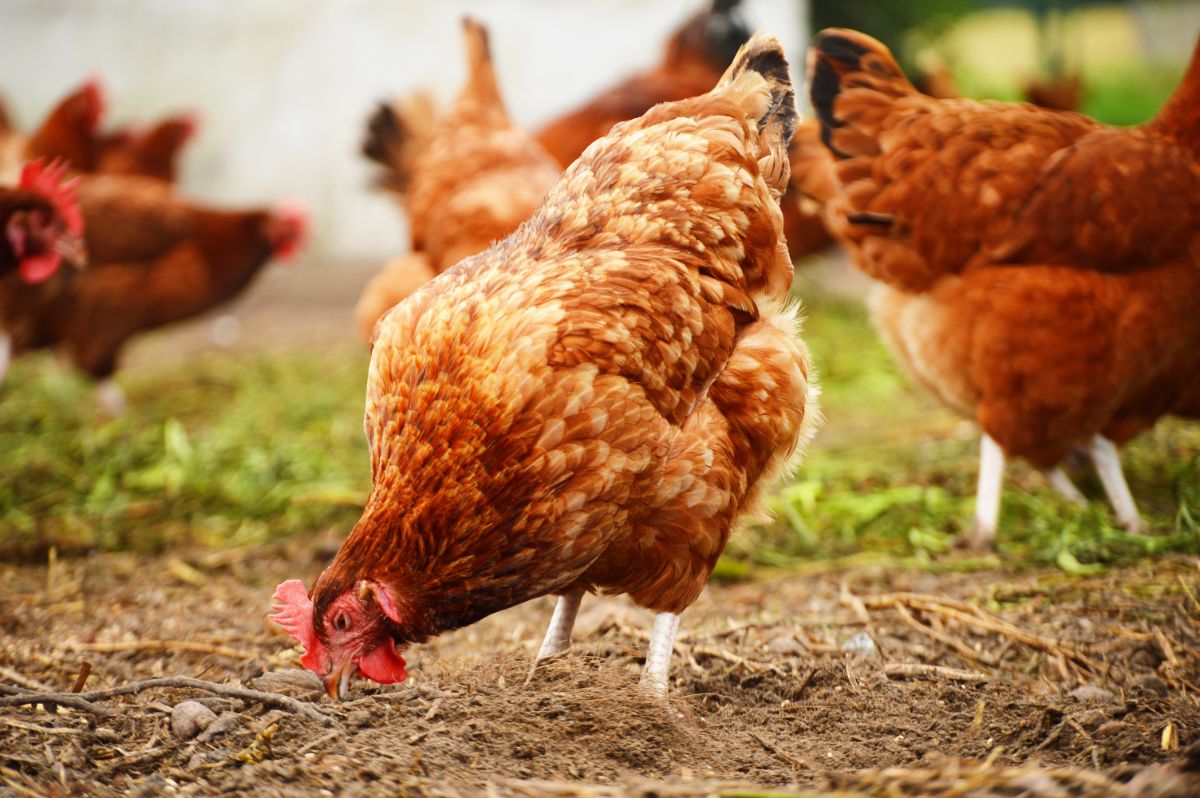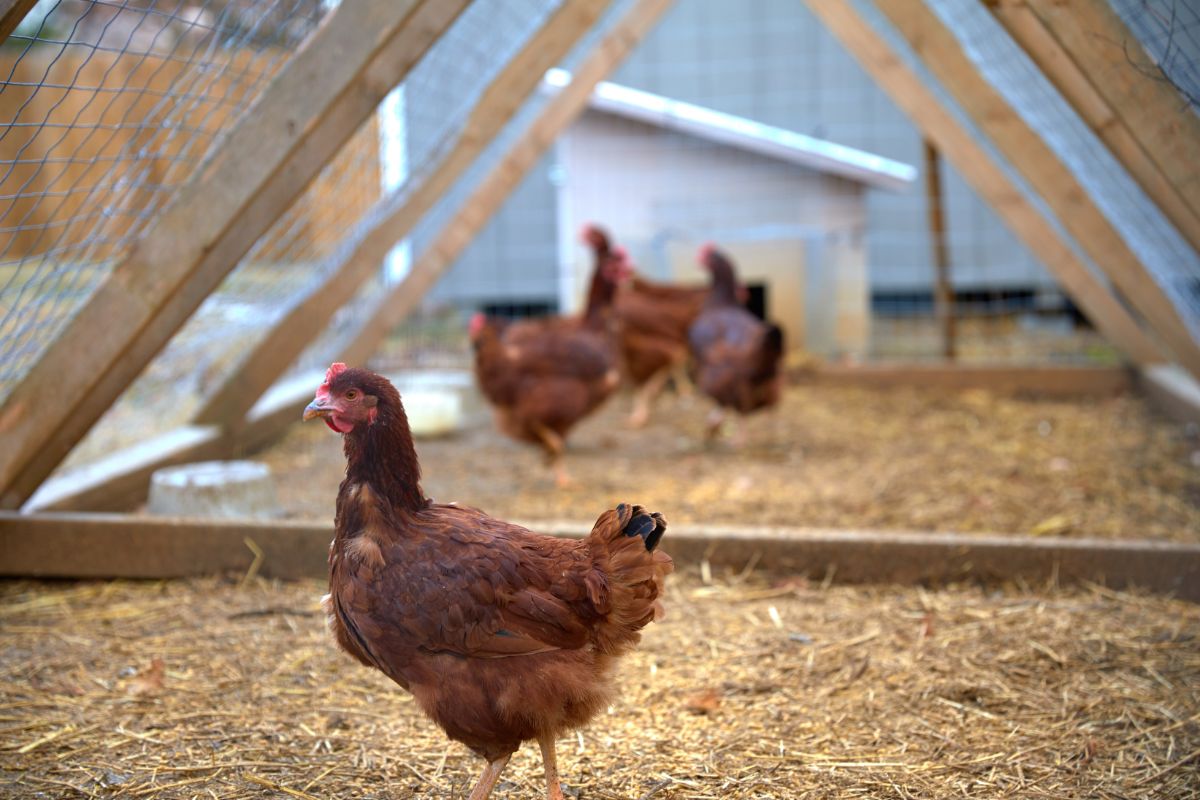
Introducing new chickens to a single hen you already have?
Raising chickens is an addictive hobby, I don't know anyone who was able to stay with just one or two hens.
The good news is that it's not difficult to introduce new hens into a flock.
However, you have to do it right and follow some basic steps if you want to avoid squabbles and unrest.
Here is an outline of the steps you need to follow if you're to introduce new chickens to your single hen and build a happy flock!
Jump to:
Introducing New Chickens to a Single Hen - 4 Key Steps
Step 1 - Quarantine New Birds
When you bring new birds home, it's important to quarantine them away from your lone hen for up to two weeks.
This will help to ensure that the new birds are healthy and free from disease. Look for any signs that your new chickens have an illness, such as sneezing, runny eyes, or diarrhea.
Also take a close look at the base of their feathers for any signs of lice, mites, or other parasites.
The last thing you want to do is introduce new chickens with parasites and have them infect your existing hen.
If they seem happy and healthy after two weeks, then you can move on to the next step.
Related - Here's how to introduce a duck to your chickens the right way!
Step 2 - Introduce New Chickens Slowly

Now it's time to start the slow process of introducing your new chickens to your existing hen.
Different people have varying opinions on how quickly and how many chickens you should introduce at a time, so you may want to experiment.
Personally, I recommend introducing new chickens two at a time. I also think it's important to introduce birds that are a similar size to your existing chicken.
This should cause the least amount of stress and give your new additions and your existing hen time to get to know each other.
Step 3 - Add New Birds at Daybreak so You Can Observe Them
One of the best times to introduce new chickens is at daybreak, when everyone is just getting up and starting their day.
This way you can observe the new birds and see how they're interacting with your existing hen.
This gives your new chickens a chance to explore their new coop, run, and surroundings, without the pressure of being confined.
If everything seems to be going well, then you can leave them be and let them continue getting to know each other.
If there is going to be any fighting or aggression, you will usually see signs of this throughout the first day they spend with each other.
Step 4 - Provide Plenty of Distractions and Treats
Another great way to reduce stress and help your new chickens settle in is to provide plenty of distractions and treats.
Some examples of good distractions include:
- Hiding chicken feed around the coop for them to find
- Putting straw or hay in the run for them to play with
- Scattering some grit and oats around for them to peck at
- Hanging a cabbage or other greens from the ceiling of the coop
- Putting up a mirror or other shiny objects
As for treats, you can give them some scratch, mealworms, or other chicken snacks.
You can also offer them some greens or vegetables that they don't usually have access to.
All of these distractions and, in particular, the treats, will help create a more harmonious environment as your new birds get to know each other.
Related - Tips when keeping geese and guinea pigs with chickens.
Additional Tips and Things to Be Aware Of

You're going to figure out what is and isn't working as you see your chickens interacting, for the most part.
Here are some additional tips and things that to keep in mind that may help the process:
Be Aware of The Breeds You're Introducing
Some chicken breeds are more prone to fighting and aggression than others.
For example, Rhode Island Reds, Australorps, and Orpingtons are typically very docile birds.
On the other hand, Leghorns, Brahmas, and Wyandottes tend to be more aggressive.
Of course, there are always exceptions to the rule, but it's something to be aware of.
A Little Squabbling Is Normal
Your new flock will establish its own pecking order, and it doesn't mean that your original hen will be at the top due to being the original member.
There will likely be a little bit of squabbling and fighting as they establish their new hierarchy.
This is normal behavior and usually nothing to worry about.
However, if the fighting seems to be excessive or one chicken is being bullied, then you will need to intervene.
The More Space the Better!
If you have the space, then giving your chickens more room to roam will help reduce stress and make it easier for them to get to know each other.
A larger coop, run, or even just some extra space in the yard will give them more room to spread out and explore.
As a general rule of thumb, chickens need around four square feet per bird inside the coop and eight to ten square feet per bird in the run.
Of course, this will vary depending on the breed and size of your chickens.
The bottom line is that the more space chickens have, the happier they are. The happier chickens are, the healthier they are - and the healthier they are, the more delicious eggs they'll lay!
Related - Here is why coops need windows, and why you should elevate a coop off the ground.
In Summary
Introducing new chickens to your existing hen can be a bit daunting, but it doesn't have to be!
By following the steps outlined above and using some common sense, you'll be sure to have a successful introduction and a happy, healthy flock of chickens in no time!





